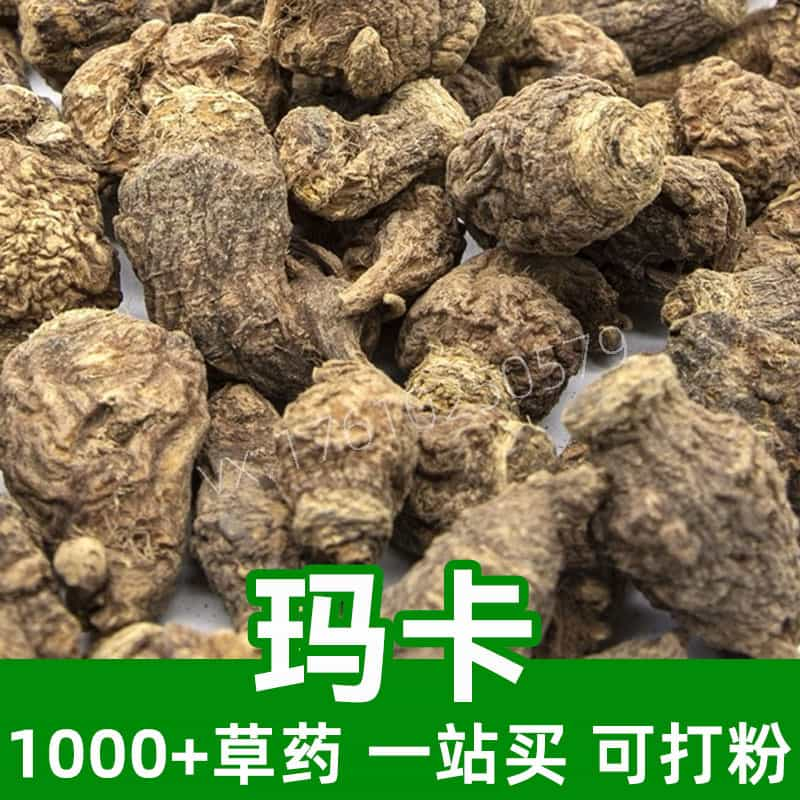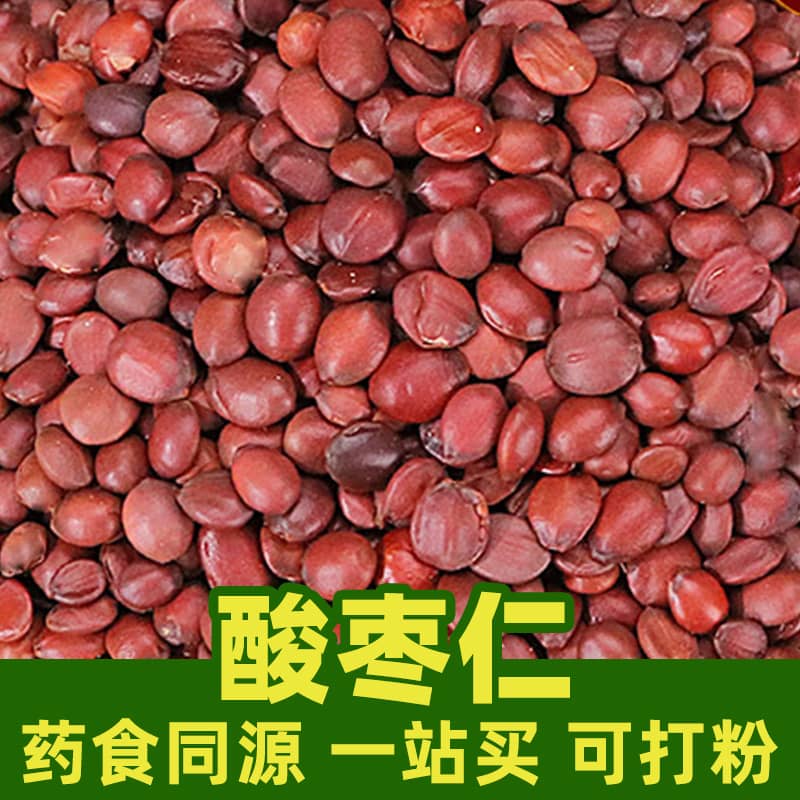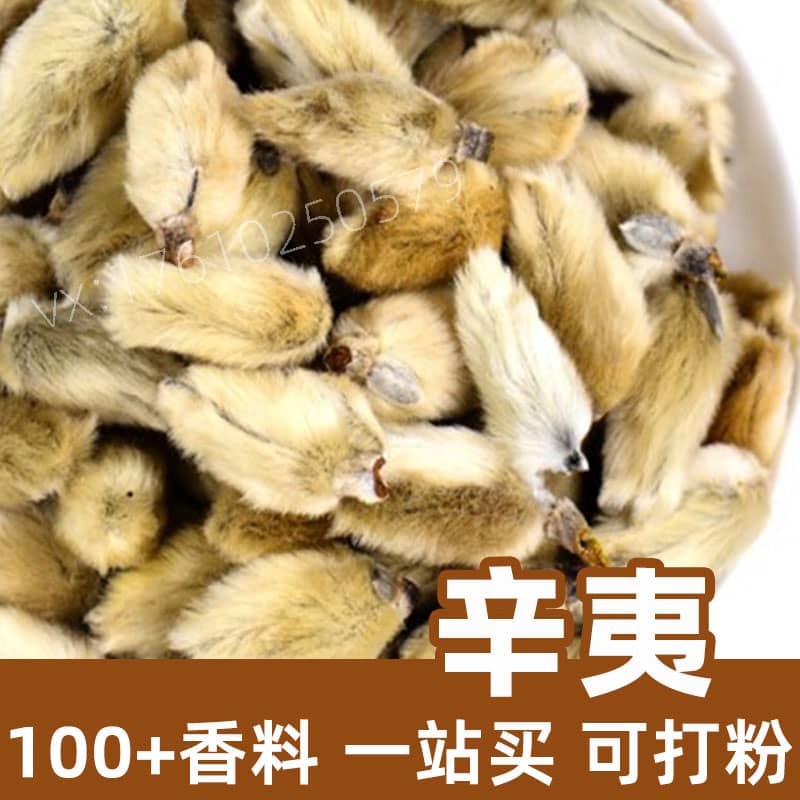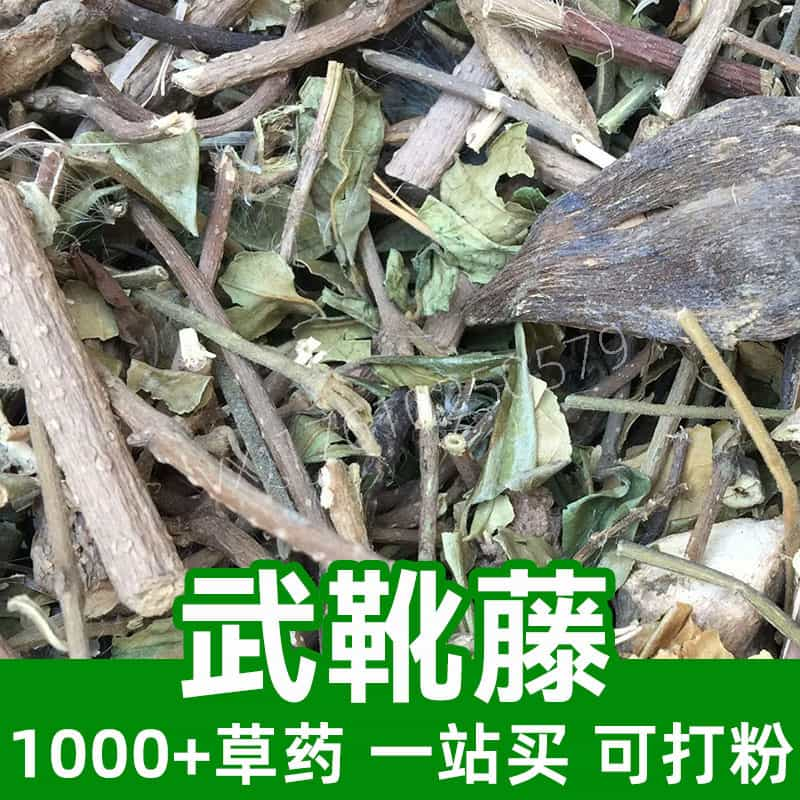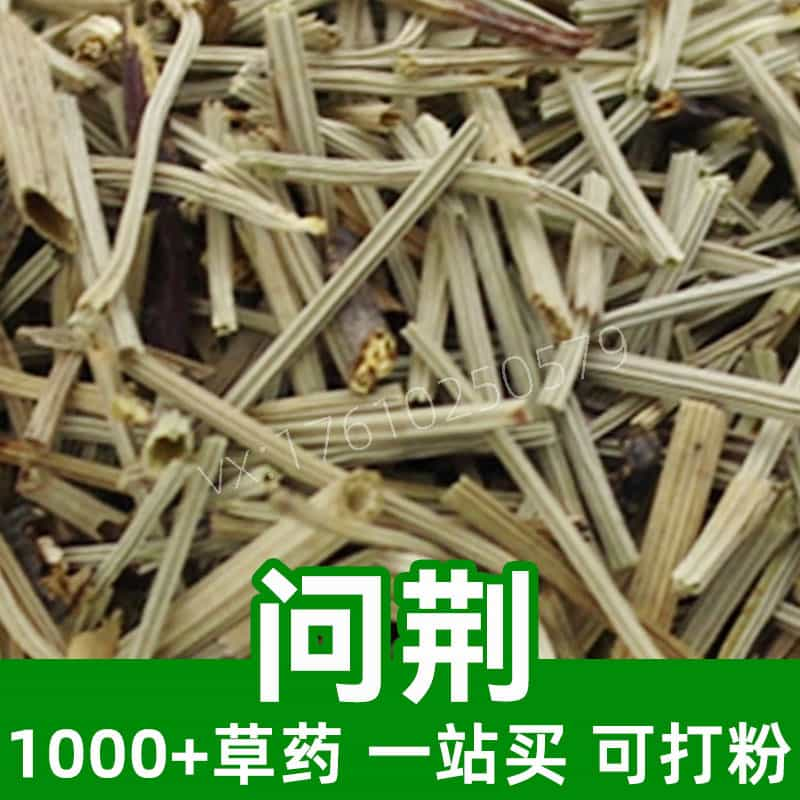Great Mullein Product Overview
Great Mullein is a perennial herb with notable medicinal and edible value, primarily comprising alkaloids, flavonoids, polysaccharides, and essential oils. It grows widely in Asia, Europe, and North America along roadsides, fields, and meadows.
In traditional Chinese medicine, Great Mullein is widely applied for clearing heat and detoxifying, cooling blood to stop bleeding, and promoting urination. Its bitter and cold properties are beneficial for treating damp-heat symptoms, skin infections, and dysuria. The medicinal parts of Great Mullein are typically its dried leaves and stems.
Aside from its medicinal use, Great Mullein is also consumed as a wild vegetable; its tender leaves and stems are rich in nutrients and help clear heat and reduce swelling. Proper cooking is recommended to reduce its bitterness and pungency.
Overall, Great Mullein holds significant value in both medicinal and culinary fields as a versatile, dual-purpose plant.
Key Active Components of Great Mullein
Scientific Name: Cirsium japonicum DC.
Great Mullein is a medicinal herb known for its bioactive components, including alkaloids, flavonoids, polysaccharides, and essential oils, which together give it various therapeutic effects.
- Alkaloids: Contains multiple alkaloids such as cirsimarin and baicalein, which exhibit antibacterial, anti-inflammatory, and antioxidant properties, benefiting immunity and disease prevention.
- Flavonoids: Rich in flavonoids like quercetin and rutin, which offer anti-inflammatory, antioxidant, and anticancer benefits, supporting cardiovascular health and disease resistance.
- Polysaccharides: Includes a variety of polysaccharides with moisturizing, anti-inflammatory, and antioxidant properties that positively impact skin health and immune modulation.
- Essential Oils: Contains essential oils with compounds like aromatic hydrocarbons and phenols, providing antibacterial, insect-repelling, and pain-relieving effects that aid respiratory and digestive health.
These components work synergistically, imparting Great Mullein with various medicinal benefits, such as clearing heat and detoxifying, promoting urination, and reducing swelling and pain. It is often included in traditional Chinese medicine formulas to treat damp-heat conditions, urinary ailments, and skin diseases. However, as it contains some toxic components, proper dosing and usage methods are essential to avoid adverse reactions.
Applications, Dosage, and Usage of Great Mullein
Great Mullein is widely used in traditional Chinese medicine and as a food ingredient. Its medicinal parts include roots, stems, and leaves, and it is often used in herbal formulations or as a food additive. Below are the primary applications and recommended dosages for Great Mullein in these fields:
- Clearing Heat and Detoxifying: Used to treat damp-heat conditions, such as jaundice and dysentery, by boiling into a decoction or using in a compound formula.
- Promoting Urination: Acts as a diuretic to relieve swelling and treat urinary issues by boiling into a decoction or combining with other herbs.
- Reducing Swelling and Pain Relief: Contains components that reduce pain and inflammation, used to treat rheumatic joint pain and swelling by making into a topical paste or a decoction for oral use.
- Food Additive: Adds nutritional and medicinal value as a food additive, commonly added to soups, porridges, and stews for enhanced health benefits.
Usage and Dosage:
- Decoction: Slice or powder Great Mullein, 10-15g per use, and boil in water, taken 2-3 times per day.
- Topical Application: Mash appropriate amounts of Great Mullein leaves to apply on affected areas, or use a decoction for soaking or compresses.
Precautions:
- Due to its toxicity, use under medical guidance with controlled dosages.
- Pregnant women, breastfeeding mothers, and children should use it only under professional supervision.
- Discontinue use and seek medical advice if adverse reactions occur.
Overall, Great Mullein is valuable in traditional medicine and food applications. It should be used appropriately for individual health needs and with caution to ensure effective treatment.
Source Plant Overview, Distribution, and Growing Environment of Great Mullein
Scientific Name: Arctium lappa
Great Mullein is a perennial herb of the Asteraceae family, commonly used as a medicinal and edible plant. Detailed information on its origin, distribution, and growing environment is as follows:
- Plant Characteristics:
- A tall herbaceous plant, generally reaching 1-2 meters in height.
- Has heart-shaped, wrinkled leaves with serrated edges and long, ridged leaf stems.
- The flower cluster is spherical and purple, composed of multiple small flowers, blooming from summer to early fall.
- Distribution:
- Native to Eurasia, widely distributed across Asia, Europe, and North America.
- With high adaptability and resilience, Great Mullein has naturalized globally, becoming a common wild plant.
- Growing Environment:
- Thrives in temperate and subtropical regions, adaptable to diverse environments, including fields, meadows, and riversides.
- Prefers fertile, moist soils but tolerates poor, dry, and extreme conditions, making it highly resilient.
- Growth Habits:
- Grows rapidly, reaching substantial heights under suitable conditions.
- Prefers full sunlight and well-drained soil but also tolerates partial shade.
- Propagation:
- Propagates mainly through seeds with feathery attachments, facilitating wind dispersal.
- Additionally, reproduces via rhizomes and tubers, allowing for underground spread.
Overall, Great Mullein is a widely adapted perennial plant originally from Eurasia. Its resilience enables it to thrive in diverse habitats, making it a valuable medicinal and edible resource.
Harvesting, Processing, and Storage of Great Mullein
Proper harvesting, processing, and storage are essential to maintain the quality and medicinal value of Great Mullein. Below are the detailed steps:
- Harvest Timing:
- The above-ground parts are primarily used, best harvested from late growth stages to early flowering when active compounds peak.
- Harvesting Method:
- Select robust, pest-free plants, and use a sickle or knife to cut the above-ground parts.
- Minimize damage to the plants to promote regrowth and sustainability.
- Initial Processing:
- Wash the harvested parts to remove soil and impurities, then air dry or oven-dry until the moisture level is suitable.
- Drying at a controlled temperature preserves its active components.
- Storage:
- Store the processed parts in a well-ventilated, cool, and dry place away from direct sunlight and moisture.
- For extended preservation, Great Mullein can be ground into slices, powder, or granules and sealed in dry, clean containers.
- Precautions:
- Ensure hygiene during processing to avoid contamination and maintain quality.
- Monitor temperature and humidity in storage to prevent mold and degradation.
Following proper harvesting, processing, and storage methods can retain the quality and therapeutic efficacy of Great Mullein, ensuring its effectiveness for both medicinal and dietary purposes.
Monica Sun is a seasoned expert in the natural raw materials industry, with over a decade of experience specializing in traditional Chinese medicinal herbs, spices, and fungi. She is skilled in the sourcing, processing, and application of these materials, emphasizing sustainability and innovation. Monica Sun has contributed to the development of high-quality natural raw materials that serve as essential components in functional foods, pharmaceuticals, and cosmetics, delivering tailored solutions to meet diverse market needs.









